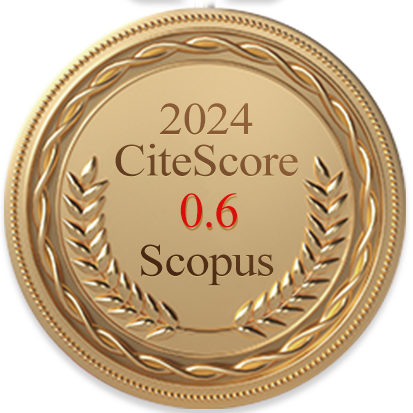The domination of cyberspace technologies in inter-human communications is obvious because of their ultra-rapidness and enormous data capacity. Human-intensive use of cyberspace increased the magnitude of streamed data through its nodes, created by two sources: human users and AI. While humans can control their generated data, it proves impossible to control AI due to its super intelligence along with their self-developing abilities, enabling it to produce unlimited volumes of data. It is known that cyberspace depends on physical infrastructure, which is inherently limited. Despite investments to expand capacity, overloading this infrastructure with unlimited data creates critical functionality issues. Additionally, the presence of uncontrollable AI elements leads to unpredictable outcomes. Ultimately, this results in AI dominating cyberspace, a phenomenon known as cyber singularity.
The ultimate consequences of AI cyber singularity motivated the study to recall a similar phenomenon in astrophysics: gravitational singularity. Using general relativity theory, the research analyses the dilemma of data overload in cyberspace and its effects, drawing parallels between outer space and cyberspace. It aims to illustrate AI's acquisition of cyber singularity according to astrophysics laws on gravitational singularity, providing an innovative perspective for scientists and scholars studying cyberspace.

















